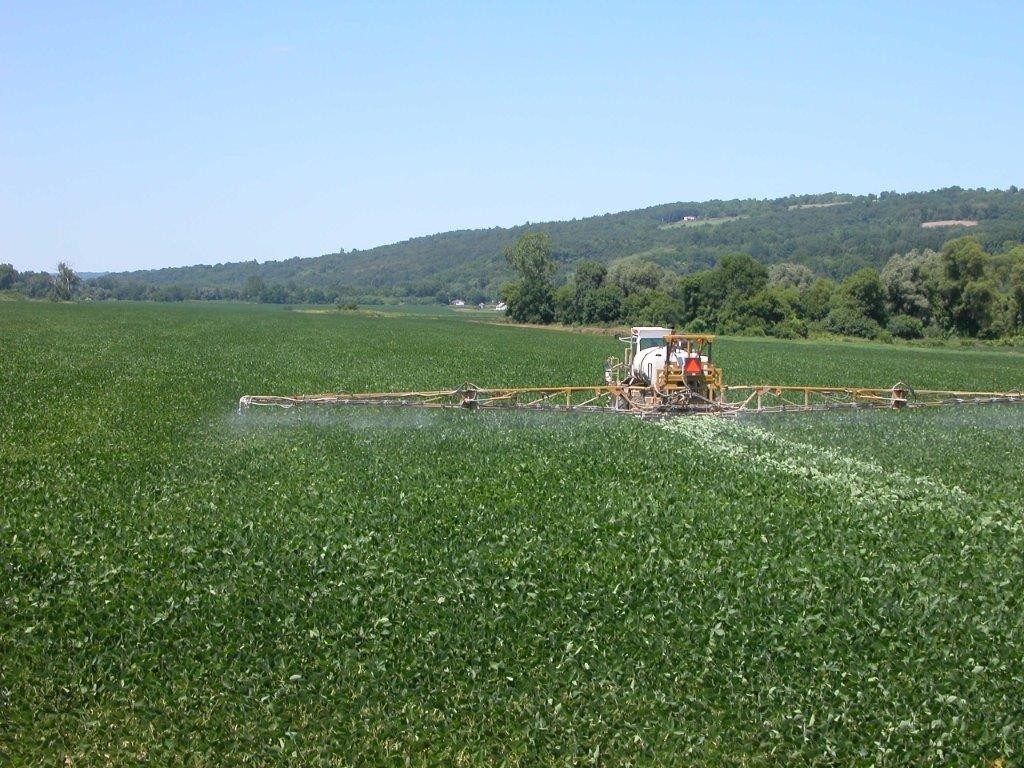In the latest in the ongoing saga of the new dicamba-tolerant crops and their herbicides that won’t stay where they are sprayed, a document review investigation by the St-Louis Post Dispatch reveals that Monsanto’s own science played a key role in how the use restrictions were set.
EPA had originally proposed a larger, more comprehensive, all-direction buffer for all of the new dicamba formulations, the first to be approved for post-emergent use over growing crops. Then, Monsanto submitted updated research on dicamba drift that, according to the company, demonstrated little to no volatility. EPA was apparently convinced, since it reduced the buffer to just 110 ft on the downwind side of fields on which the herbicide is applied — a big difference.
It turns out this Monsanto research was conducted in Georgia and Texas, two states that have had only modest problems with dicamba drift and crop damage, for reasons that remain unclear.
While scientists are still working out all the factors that impact herbicide volatility, air temp and wind speed clearly play an important role — so, local weather conditions on the day of application, and soon thereafter, are critical.
Industry science influencing regulation is nothing new, in fact that is the way the system is designed to work.
“Thus, the pesticide companies, rather than the taxpayers, shoulder the cost of performing the safety studies on pesticides required by EPA,” says EPA spokesman Robert Daguillard, “EPA, however, has extensive requirements in place to ensure that the data generated by pesticide companies are scientifically sound and provide sufficient information to assess the potential risks of a pesticide.”
Monsanto’s science says that dicamba doesn’t drift, but over 3 million acres of soybeans alone were damaged by drifting dicamba in 2017. It’s clear that something doesn’t quite add up in the real world where dicamba does drift, and does cause crop damage.
EPA has placed some further restrictions on dicamba use for the coming season, but many feel it will not be enough to prevent further damage.
For much more, see our series of Dicamba Watch presentations, and keep checking back for more as the growing – and spraying – season unfolds.
Source:
Johnathan Hettinger, “EPA eased herbicide regulations following Monsanto research, records show,” St. Louis Post-Dispatch, March 1, 2018.

